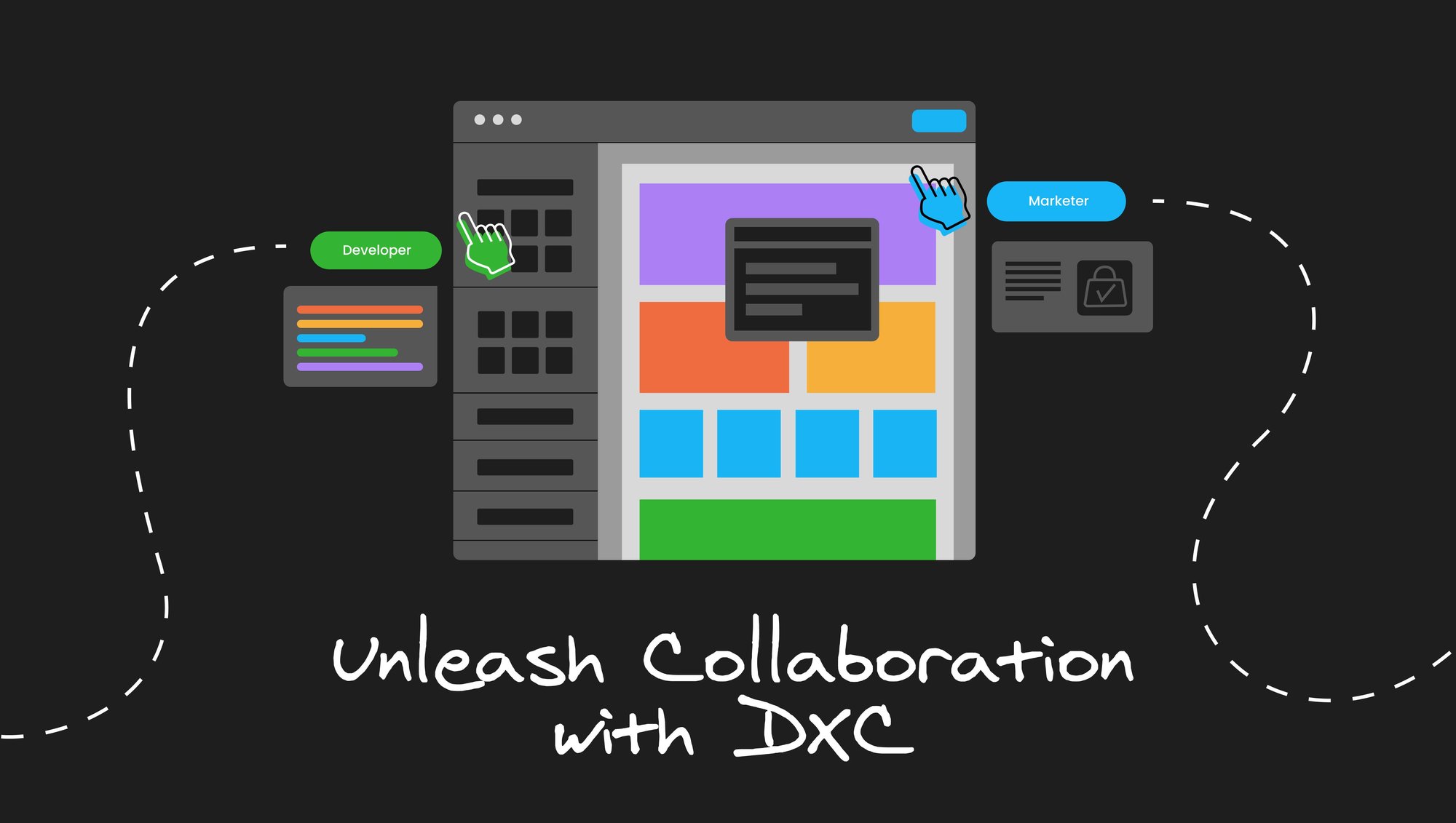Since Gartner introduced “Digital Experience Composition (DXC)” solutions in 2022 (here), it has become a popular buzzword. This blog post helps clarify the concept and helps you evaluate if adopting a DXC solution is the right choice for your business.
Digital Experience Composition refers to a solution that helps team members more easily create and ship digital experiences with content and functionality from various sources. It allows organizations to more easily combine modern, best-of-breed technologies from different companies to deliver a better experience for their customers and internal teams, such as developers, content creators, and marketers.
One of the main challenges that DXC platforms address is the gap between technical and non-technical team members. The goal is to provide tools that cater to different roles within a digital team, fostering collaboration and efficiency. This way, the entire team can contribute to the digital experience without depending on developers for every change.
In the early days of digital transformation, organizations relied on monolithic digital experience platforms from companies like Adobe, Acquia, and Sitecore (DXPs). These all-in-one solutions catered to both technical and non-technical users, offering a range of functionalities and tools. However, as technology evolved and digital experiences became more complex, monolithic solutions began to show their limitations, particularly regarding flexibility, scalability, and integration with other best-of-breed solutions.
Composable stacks emerged as an alternative, providing increased scalability and flexibility by allowing organizations to select and combine various tools and technologies to build a customized digital experience. Despite the advantages of composable stacks, they failed to adequately address the needs of non-technical users, requiring extensive development and technical expertise to configure and maintain.
Digital Experience Composition platforms were born to address the non-technical user gap on composable stacks digital experience platforms. DXC solutions combine the flexibility and scalability of composable stacks with the ease of use and collaboration features of monolithic DXPs.
As a digital leader, you should consider implementing a DXC platform in the following situations:
- Your team is transitioning from a monolithic DXP to a composable DXP. If your organization is moving away from a traditional, all-in-one digital experience platform (DXP) and embracing a more modular, composable DXP approach, a DXC platform can support this transition giving non-technical team members an experience that is closer to what they are used to.
- You’re on a headless stack and want to provide a better experience for non-technical team members. If non-technical team members face difficulties contributing to the digital experience due to limited tooling, a DXC platform can help them work more autonomously.
- You’re on a headless stack, but developers are inundated with requests for minor updates. If various roles within your digital team (e.g., content creators, marketers, developers) experience friction when working together, a DXC platform can facilitate self-service workflows.
When considering different DXC solutions, you should evaluate them based on your organization's specific needs and requirements. Two popular DXC solutions are Builder.io and Uniform, and here's a simple way to differentiate between them:
- Builder.io: If your organization is looking for a new headless CMS or wants to replace an existing CMS, Builder.io offers a visual headless CMS that enables digital experience composition. It is particularly suitable for organizations prioritizing API-first content management and intuitive workflows.
- Uniform: If your organization is satisfied with its current CMS or even a legacy DXP, Uniform offers a digital experience composition platform that works alongside your existing content management solution. It provides flexibility in sourcing content and functionality from multiple systems and enables seamless digital experiences.
Builder.io visually edits code, uses your design system, and sends pull requests.
Builder.io visually edits code, uses your design system, and sends pull requests.




 Connect a Repo
Connect a Repo











